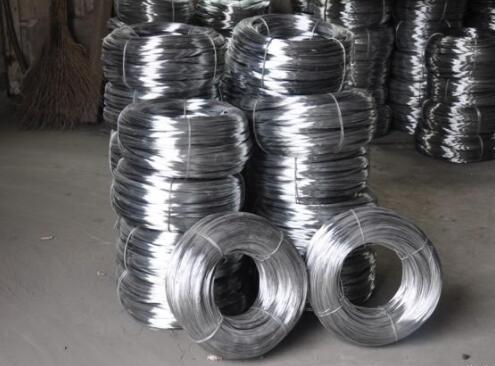Understanding Rodent Cages Importance and Features
Rodent cages serve as a crucial element in the care and well-being of pet rodents, including hamsters, guinea pigs, mice, and rats. The right cage can significantly affect a rodent's quality of life, prompting pet owners to consider various factors when selecting the most appropriate environment for their furry companions.
First and foremost, space is one of the most critical considerations when choosing a rodent cage. Rodents are naturally active animals that require ample room to explore, burrow, and exercise. A cage that is too small can lead to a sedentary lifestyle, which may result in obesity and related health issues. Thus, it's essential to choose a cage that provides enough horizontal and vertical space. Multi-level cages can help maximize vertical space, allowing for climbing and exploration.
Ventilation is another key aspect of a suitable rodent cage. Proper airflow prevents the buildup of ammonia from urine and keeps the environment fresh. Wire cages typically offer better ventilation than solid ones, but they must also be designed to prevent the escape of small rodents and keep them safe from potential hazards. An ideal rodent cage should strike a balance between providing good ventilation while ensuring security.
Safety features are paramount for any rodent cage. Sharp edges, wide gaps between bars, and toxic materials can pose serious risks to rodents. Look for cages made from non-toxic materials with smooth edges and closely spaced bars to prevent escape. Additionally, cages should be easy to clean, as maintaining hygiene is vital for the health of your pet. Cages with removable trays or easy-to-access surfaces facilitate proper cleaning routines.
rodent cage

Enrichment is another vital factor in a rodent's living environment. Rodents are intelligent creatures that benefit from mental and physical stimulation. Cages should be equipped with tunnels, wheels for running, and spaces to hide. Install platforms, hammocks, or nesting areas to encourage natural behaviors. Providing a variety of toys and obstacles can help keep your pet engaged and reduce boredom, which is often a precursor to destructive behaviors.
When selecting bedding, consider the health and comfort of the rodent. Some bedding materials can emit harmful dust or allergens, while others may not provide adequate absorbency. Paper-based bedding, aspen shavings, and specific hemp bedding are often recommended as safer alternatives. Avoid cedar or pine shavings, as they can be harmful to a pet's respiratory system.
Lastly, the placement of the cage within the home can influence the rodent’s well-being. Cages should be situated in a quiet area away from direct sunlight and drafts. This will provide a comfortable environment that reduces stress and promotes a sense of security.
In summary, choosing the right rodent cage involves understanding the needs of your pet, considering factors such as space, ventilation, safety, enrichment, bedding, and location. By taking the time to invest in a proper habitat, you contribute to your rodent's overall happiness and health, ensuring they thrive in their new home.

















